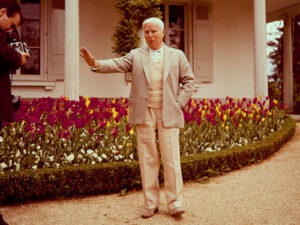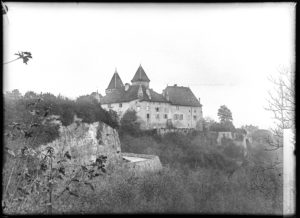
The White Hell of Piz Palü
In 1929, mountain film pioneer Arnold Fanck shot his global hit Die Weisse Hölle vom Piz Palü (The White Hell of Piz Palü) in southern Graubünden. The secret star of filming was the Bernina railway, a track system that could handle tough winter operation.

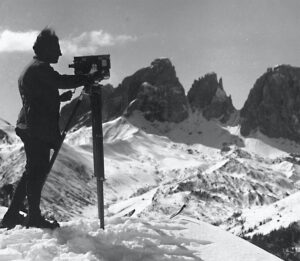
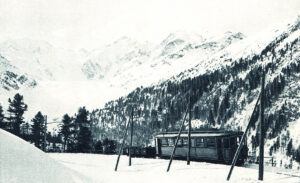
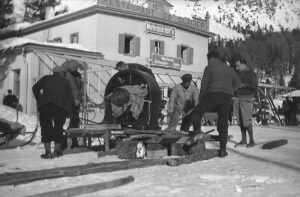
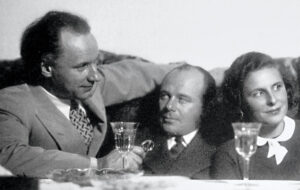
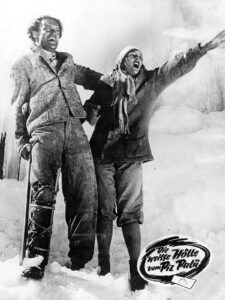
The White Hell of Piz Palü. YouTube
Close-up. Making Swiss film history
Praesens-Film AG celebrates its 100th anniversary in 2024. Switzerland’s oldest surviving film company has an eventful past that has taken it all the way to Hollywood. The exhibition shines a spotlight on the people who wrote Swiss film history in front of and behind the camera and shows the extent to which the silver screen has always reflected the zeitgeist.


